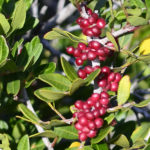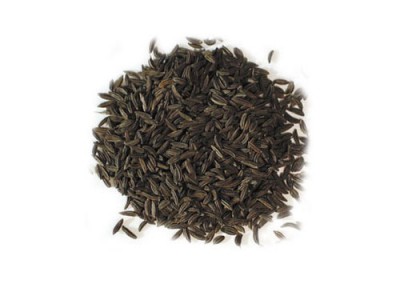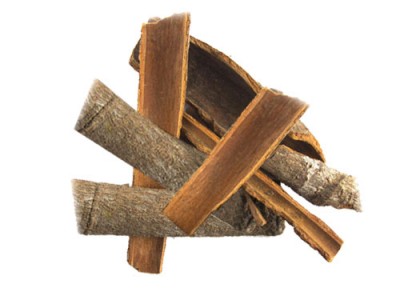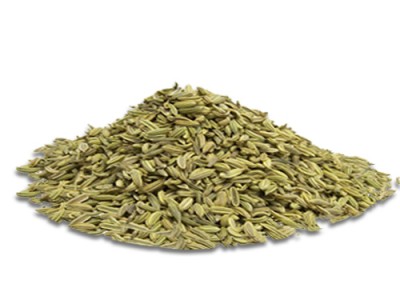
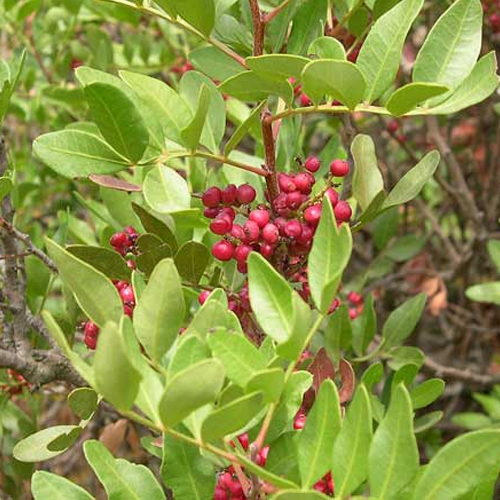
Mastic Interesting Facts And Properties
Mastic interesting facts and uses
Plants and trees have powerful chemicals which act as a wonderful repellent to many insects and flies. Some of the plants that have the capacity to expel mosquitoes and other dangerous flies are citronella grass, clovers, common lantana and citrosa.
These types of repellent plants are grown near other important crops to expel various insects and improve growth. The insects will never approach these types of wonderful plants.
This topic will deal with a dioceious evergreen small tree named Mastic which is found abundantly in Greek Island of Chios. The botanical name of this plant is Pistacia lentiscus.
[tribulant_slideshow gallery_id="334"]
How Its Grown
This shrub achieves a height of 4 m and is mainly cultivated for aromatic resin. The male and female organs are found in different plants. It has a smell of resin and grows in dry rocky areas in Mediterranean Europe.
Though it grows in all types of soils it prefers limestone areas and salty environment. So these plants can be seen near sea shores or saline areas. This plant is commonly seen in woodlands, dehesas, Kermes oak wood, oaks wood, garrigue, maquis, hills, gorges, canyons, and rocky hillsides of the entire Mediterranean area.
It protects both the environment and birds. The seeds are dispersed by birds and this plant develops large trunks and thicker branches. In many open spaces it attains a height of up to 7 m.
The alternate leathery leaves have five or six pairs of leaflets. The flowers are very small and the fruit which measures 4 mm is a drupe. The leaves are found throughout the year.
Cultivation History
This wonderful plant was introduced into Mexico as an ornamental shrub. This attractive plant is used to improve the beauty of the gardens. Mastic is found in Morocco and Iberian Peninsula in the west through France and Turkey to Iraq and Iran in the East.
This spectacular plant is harvesting in the months of June and September. The leaves are dried away from the sun after harvesting to safeguard from melting.
Mastic Properties And Uses
- Mastic is used as a chewing gum for at least 2400 years and it has very strong and smoky flavor.
- This plant appears in the pages of Bible book. The people living in Jerusalem call this as mastic plant. The brewers in Greece use it in liquors and spirits.
- Chios drink which has mastic in it is very famous in Greece. It is used in cakes, pastries, sweets and desserts.
- Mastic is used in a Turkish ice cream named dondurma. Turkey people also use it in Turkish puddings.
- Lebanese and Egyptians used this to flavor in many dishes.
- The resin is used in many cosmetic products such as lotions, toothpaste and hair and skin products.
Mastic Facts
This plant is very old and Greek physician namely Dioscorides wrote about the medicinal properties of this plant in one of his famous publications. Many affluent universities such as University of Thessalonike, Meikai University, and University of Athens have done lots of research on this plant and found that it has lots of medicinal properties. Mastic is also used for making varnish.

